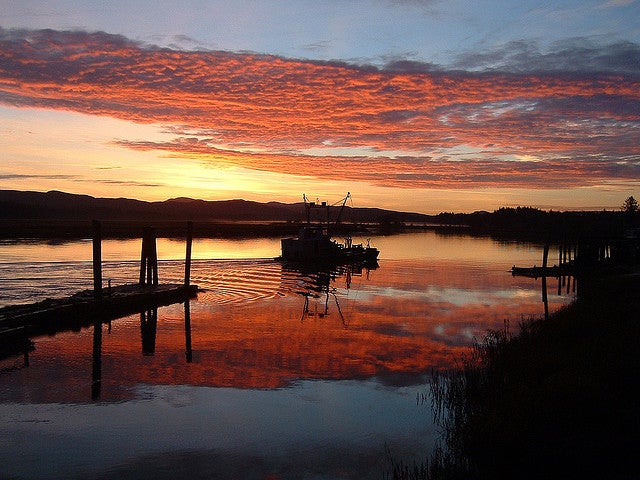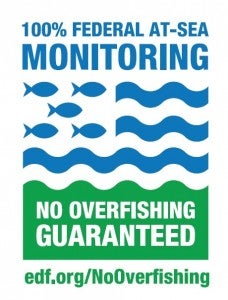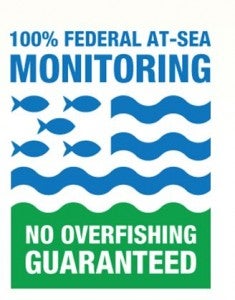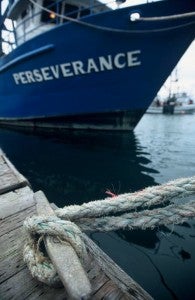
photo credit: willapalens via photopin cc
Yesterday, a federal court in California upheld the parameters that govern what fishing history is used to set allocations in the Pacific whiting fishery, one sector of the West Coast Groundfish IFQ Program
The decision in the Pacific Dawn litigation on pacific whiting quota share allocation is a win for the fishery and fishermen alike, and protects the integrity of management changes designed to provide for the long-term health of the fishery.
Control dates are established by NOAA to alert fishermen that fishing activity after the control date may not be taken into account when quota allocation decisions are made. As EDF legal staff argued at the hearing in early November, control dates are used to determine historic participation in the fishery, and help fishery managers allocate quota fairly amongst fishermen with a stake in the fishery. If fishery participants believe that the control dates will not be adhered to, they have an incentive to fish harder and more often as a catch share plan is considered, exacerbating overcapitalization just as managers are moving to reduce it.
Overturning the control dates would have destabilized the fishery at the same time the new management system is producing tremendous benefits. Read More












